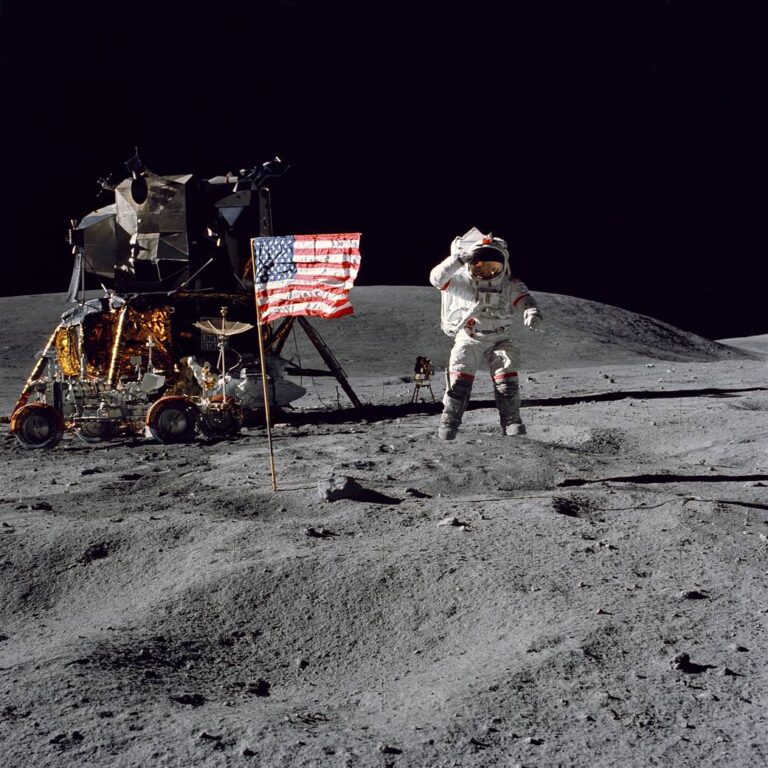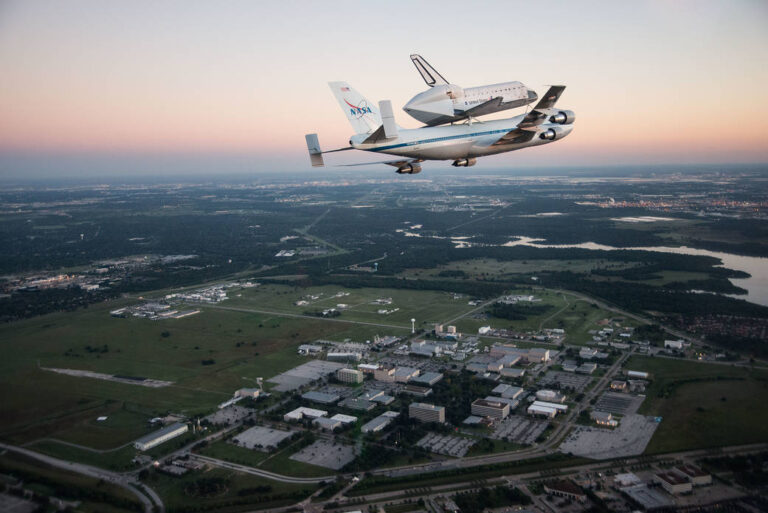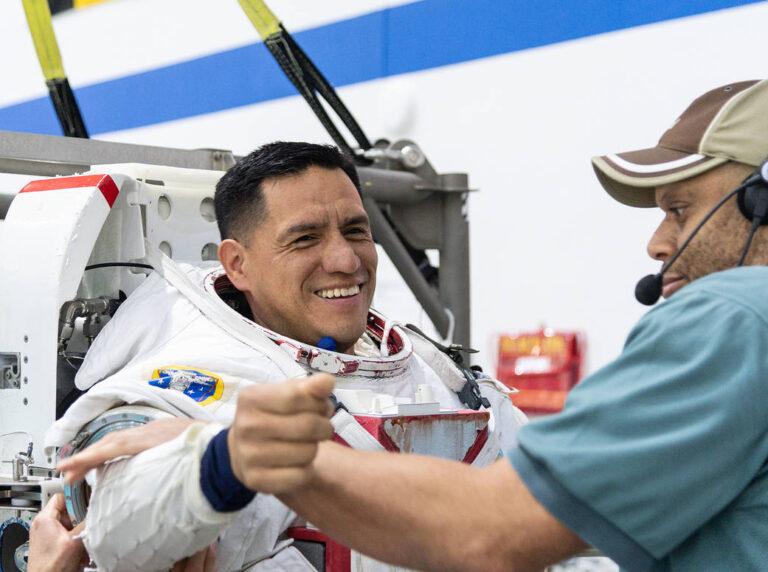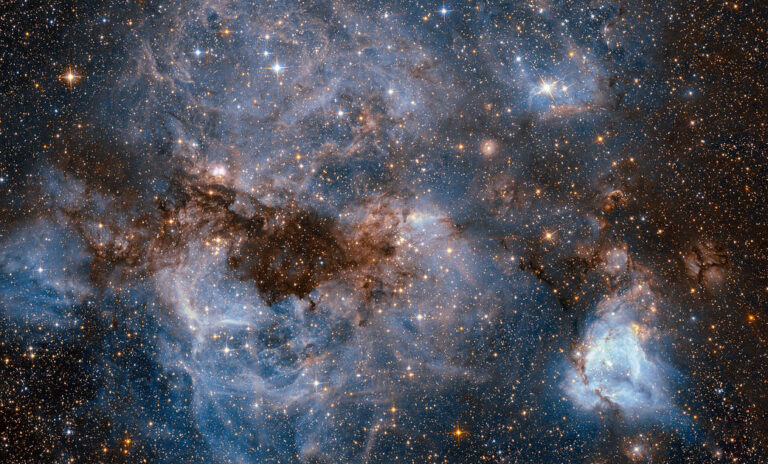约翰·w·杨在月球向美国国旗致敬
Astronaut John W. Young, commander of the Apollo 16 lunar landing mission, leaps from the Moon’s surface as he salutes the United States flag at the Descartes landing site during the first Apollo 16 spacewalk. Astronaut Charles M. Duke Jr., lunar module pilot, took this picture on April 21, 1972. The Lunar Module Orion is on the left and beside it is the Lunar Roving Vehicle. Behind Young, in the shadow of Orion, is the Far Ultraviolet Camera/Spectrograph. Young and Duke conducted three surface excursions totaling more than 20 hours, using the Lunar Roving Vehicle for transportation. They deployed an experiment package, collected 209 pounds of rock and soil samples, and set up the first telescope on the Moon. Image Credit: NASA 阿波罗16号登月任务指挥官、宇航员约翰·W·杨在第一次阿波罗16号太空行走期间,从月球表面跳下,在笛卡尔着陆点向美国国旗致敬。1972年4月21日,月球舱飞行员查尔斯·杜克拍摄了这张照片。左边是猎户座登月舱,旁边是月球车。在杨的后面,猎户座的阴影下,是远紫外线照相机/光谱仪。 杨和杜克使用月球车进行了三次总计超过20小时的月面旅行。他们部署了一个实验包,收集了209磅的岩石和土壤样本,并在月球上架设了第一台望远镜。 影像来源:NASA










